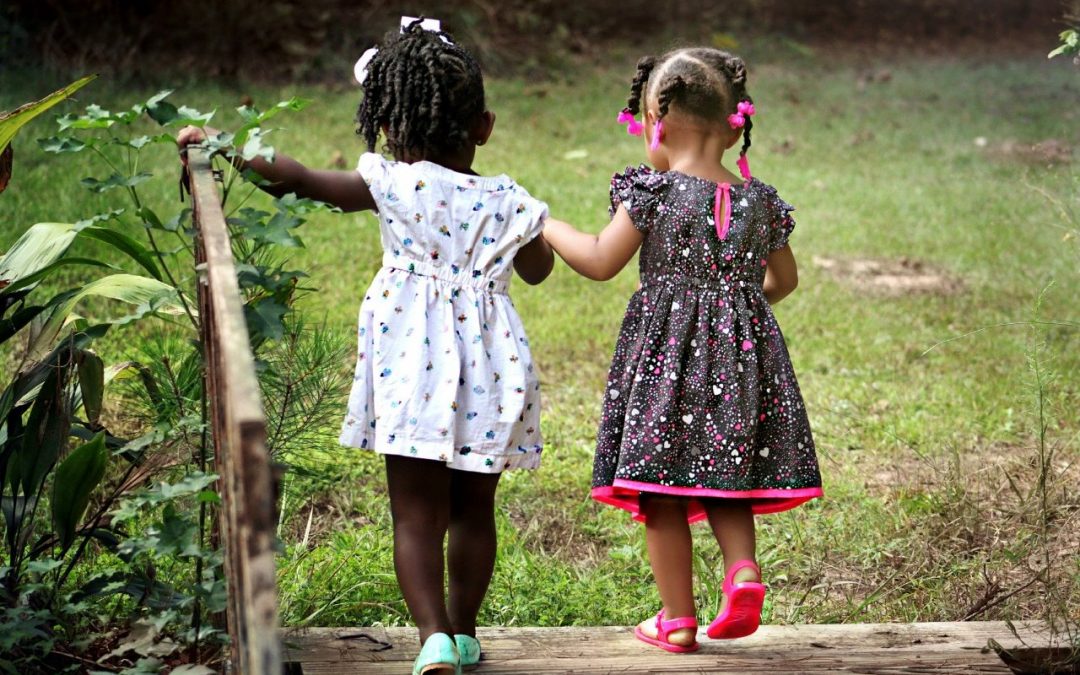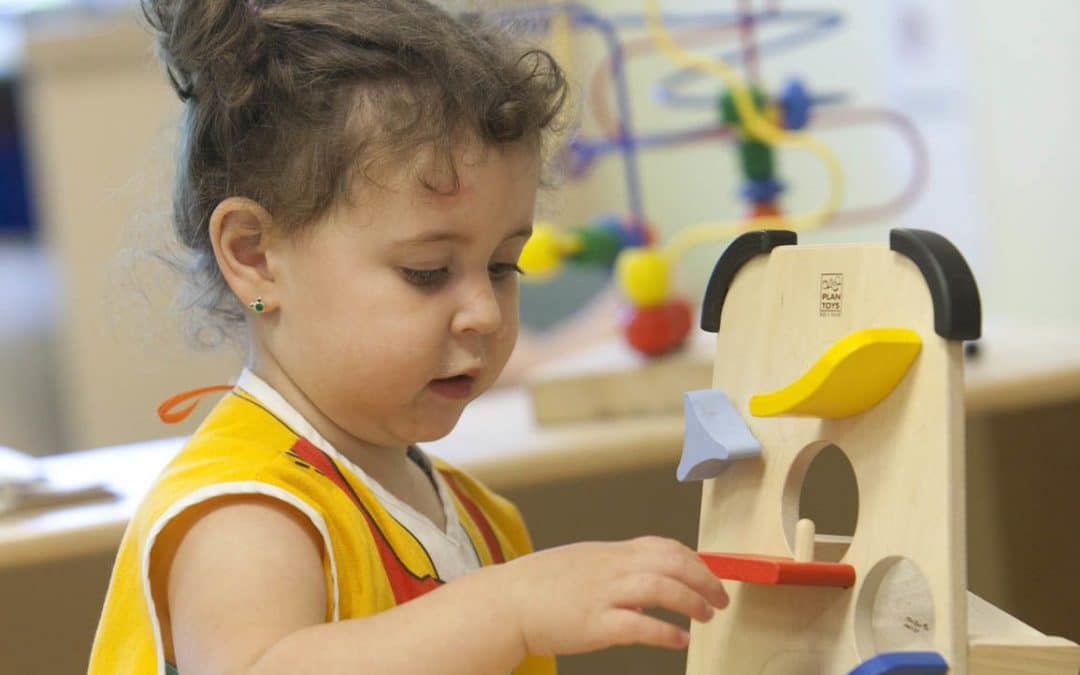Talking to children about race is essential in fostering understanding, empathy, and inclusivity. Here are ten practical tips to guide these important conversations:
1) Start Early
By six months of age, babies begin noticing racial differences, and by age four, children may exhibit signs of racial bias. Encourage open conversations about race, helping children understand what racial differences mean and what they do not mean.
2) Encourage Curiosity
Allow your child to ask questions, share observations, and discuss their experiences. Support respectful curiosity about race through exposure to diverse cultural experiences, such as books, films, and cultural events. You don’t have to be an expert—learning together fosters growth and understanding.
3) Be a Role Model
Children learn more from actions than words. Show diversity in your friendships, activities, and experiences. If your child’s school lacks diversity, consider extracurricular activities that provide multicultural exposure. Choose toys, books, and media that feature a range of racial and ethnic backgrounds.
4) Acknowledge and Address Your Own Bias
Recognizing and working through personal biases prevents them from being passed down. Share with your child an example of a bias you have faced and the steps you’ve taken to overcome it.
5) Celebrate Your Identity
Teach your child about their own racial, ethnic, and cultural background. Share family stories that highlight both triumphs and challenges. A balanced understanding of history builds pride and perspective.
6) Develop Racial Cultural Literacy
Expand your child’s understanding of different racial and ethnic groups. Teach them that diversity exists within racial groups, and no single story defines an entire community. Encourage respect and appreciation for different cultures and traditions.
7) Be Honest About Bigotry and Inequality
Children naturally recognize racial patterns, such as differences in neighborhoods or schools. Help them make sense of these observations by discussing historical and ongoing racial inequalities. Emphasize that striving for fairness is an ongoing process in which they can play a part.
8) Tell Stories of Resilience
Teach children about historical figures who have fought against racial injustice. Highlight a diverse range of freedom fighters, including women, children, and young adults, to provide a fuller picture of resistance and change.
9) Encourage Action
Empower children to be change-makers rather than bystanders. Teach them ways to advocate for fairness, such as speaking up against discrimination and participating in community activities that promote equality.
10) Make It an Ongoing Conversation
Talking about race should not be a one-time discussion. Keep the conversation open, honest, and continuous. It’s okay to say, “I’m not sure” or “Let’s come back to that,” as long as you revisit the topic and continue learning together.
By incorporating these ten tips, parents and caregivers can help children develop a strong, informed, and compassionate understanding of race and diversity.









